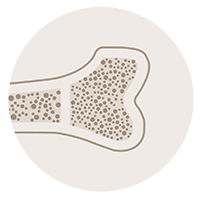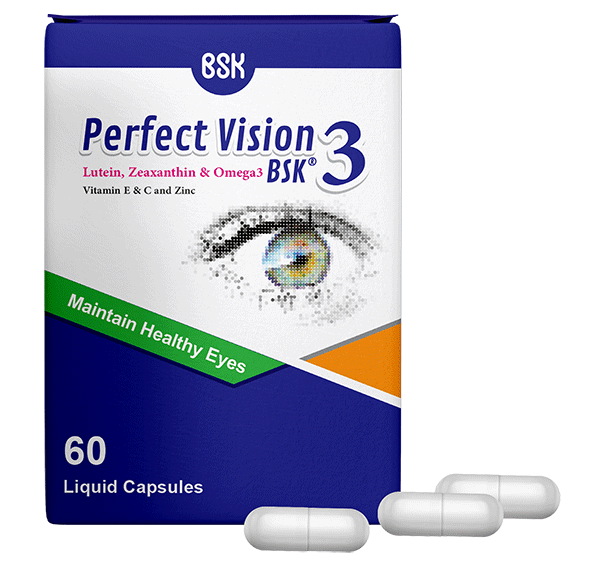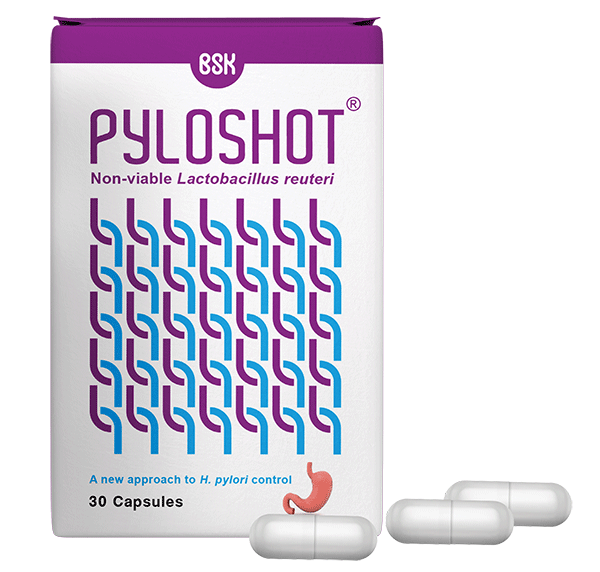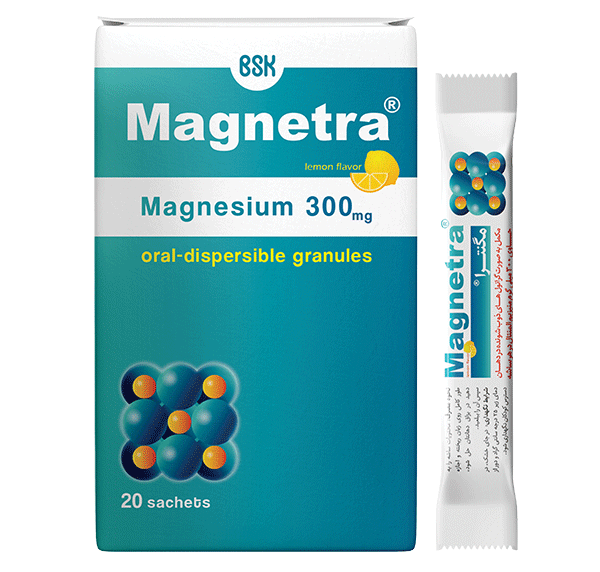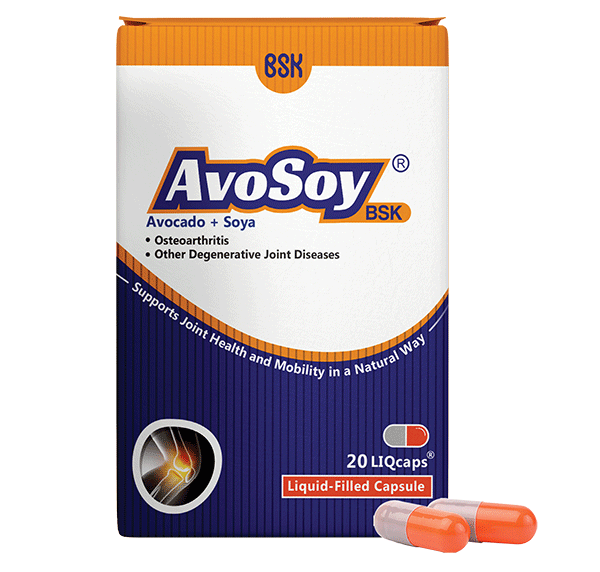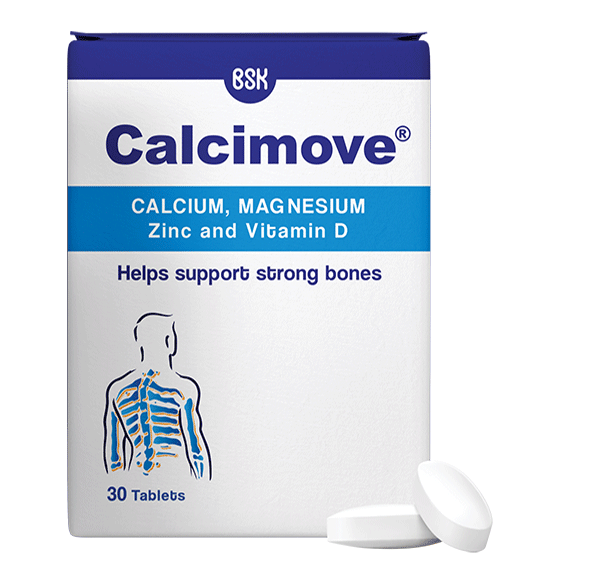Vitamin D supplementation and prevention of vitamin D deficiency
Each milliliter contains
| Active Ingredients | Amount |
|---|---|
| Vitamin D3 | 400 IU |
This product is free from gluten, artificial colors, flavor, and alcohol.
Take 1 mL daily orally or as directed your doctor.
Kid3® is suitable for daily use.
Packaging and Dosage Form:
15 ml oral drop with a graduated dropper, accompanied by a patient information leaflet.
Therapeutic and pharmacological effects:
Vitamin D is synthesized in the skin with sun exposure. It is recommended to take vitamin D supplements in people did not take direct sun exposure. Additionally, infants and children have a higher need for vitamin D because of the physiological demands during growth and development as well as the low vitamin D content in breast milk. As a result, deficiency of this vitamin is common during these stages. Severe and prolonged vitamin D3 deficiency in children leads to rickets, a bone-softening disease, while in adults it can cause osteomalacia. Among the elderly, it increases the risk of osteoporosis and bone fractures. Because calcium is a crucial mineral for maintaining bone health throughout life. On the other hand, vitamin D can help calcium absorption in the intestine; therefore, it impacts the homeostasis of calcium in the body. Vitamin D3 is also crucial for supporting immune function and muscle activity and may help lower the risk of various cancers and autoimmune diseases like multiple sclerosis (MS). Moreover, it may reduce the risk of heart conditions such as congestive heart failure (CHF) and high blood pressure (hypertension), as well as decrease the likelihood of diabetes and hyperlipidemia (high blood cholesterol).
Side effects:
Vitamin D3 is generally well-tolerated at the recommended doses and do not cause significant side effects.
Excessive consumption of vitamin D can lead to hyperphosphatemia, hypercalcemia, hypercalciuria (elevated calcium levels in urine), and hyperphosphaturia.
Symptoms of excessive intake include loss of appetite, fatigue, nausea, vomiting, constipation, diarrhea, weight loss, excessive urination, nocturnal urination, sweating, headache, thirst, drowsiness, and dizziness.
The renal and cardiovascular systems are particularly sensitive to hypercalcemia and hypercalciuria.
Drug interactions:
While taking vitamin D supplements, the content of vitamin D in fortified food, dietary supplements, and other medications should be monitored. Thiazide diuretics may increase the risk of hypercalcemia with vitamin D. Also, vitamin D may increase digoxin toxicity. Cholestyramine and paraffin may decrease vitamin D absorption. Anti-seizure medications such as carbamazepine, phenobarbital, or phenytoin increase the requirement of body for vitamin D.
Warnings and precautions:
This supplement should be used with caution in patients with:
Hyperphosphatemia (due to the risk of metastatic calcification)
Obesity (BMI >30 may require higher doses of vitamin D and should be carefully monitored)
Renal impairment
In patients receiving therapeutic doses of vitamin D, there is a risk of elevated plasma calcium, which can lead to calcium deposits in soft tissues and may cause vascular or renal calcification. It is recommended to regularly monitor plasma calcium levels in these patients, especially at the beginning of treatment or if signs of toxicity observed.
In infants with idiopathic hypercalcemia, vitamin D supplementation should be limited.
Contraindications:
This product is contraindicated in individuals with hypersensitivity to vitamin D or patients with elevated serum levels of vitamin D.
Pregnancy and breastfeeding:
Breastfeeding:
Vitamin D is secreted in breast milk. Taking low doses (less than 4000 IU) by mother is considered safe; however, the serum levels of calcium and vitamin D in a breastfeeding infant who their mother is taking a vitamin D supplement should be monitored.
Pregnancy:
Oral intake below the maximum allowable dose (equivalent to 4000 IU) is safe. However, excessive vitamin D intake during pregnancy can lead to hypercalcemia, which may cause adverse effects on the fetus.
Storage conditions:
Store at a temperature below 25°C, away from light, moisture, freezing, and out of reach of children.
Providing children with their daily needs for this vitamin and preventing severe deficiency in children
Providing children with their daily needs for this vitamin and preventing severe deficiency in children
